What’s happening in Year 5
05CORE1
In our IDU lessons, Year 5 have been exploring the concept of Food and Fibre. This week, we focused on the food element of the unit, investigating the journey from field to fork and how seasonality influences the availability of produce. Working in jigsaw groups, students researched a variety of fruits, vegetables, and grains, then showcased their findings through creative poster presentations.
These activities not only deepened students’ understanding of food systems but also strengthened important skills such as collaboration, critical thinking, and communication. It was wonderful to see students working together and sharing their discoveries with enthusiasm.
Wendy Anetter, Stephanie Yiorkas, Bryony Watkins, Tayla Kostakis
Year 5 Teachers
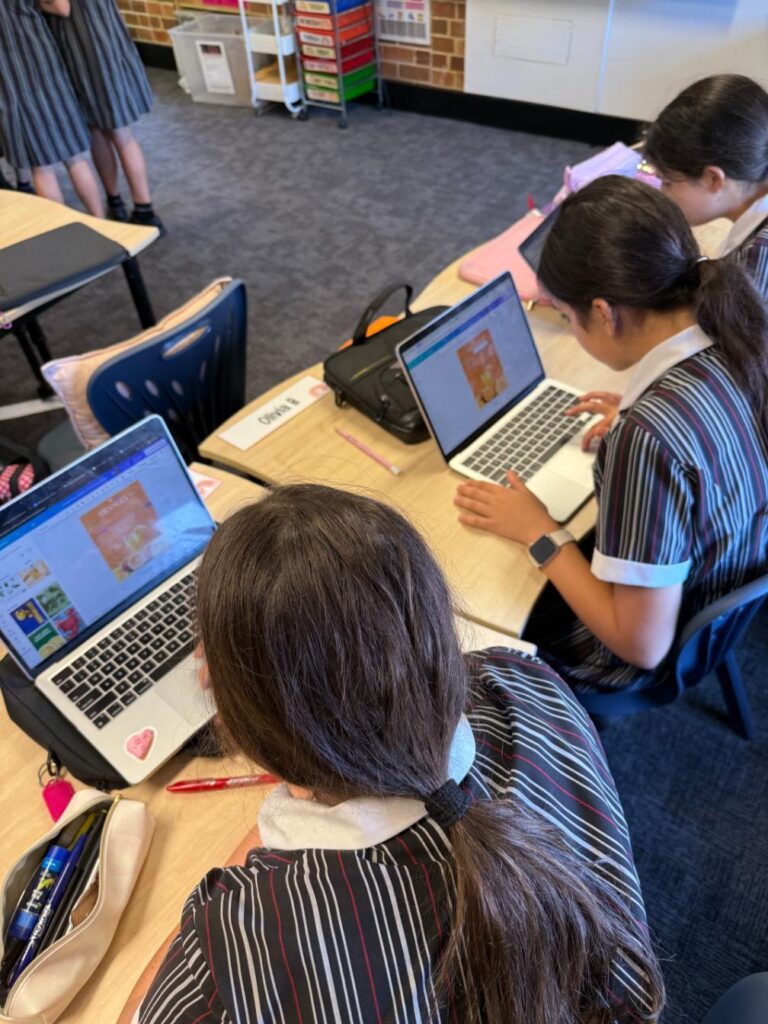
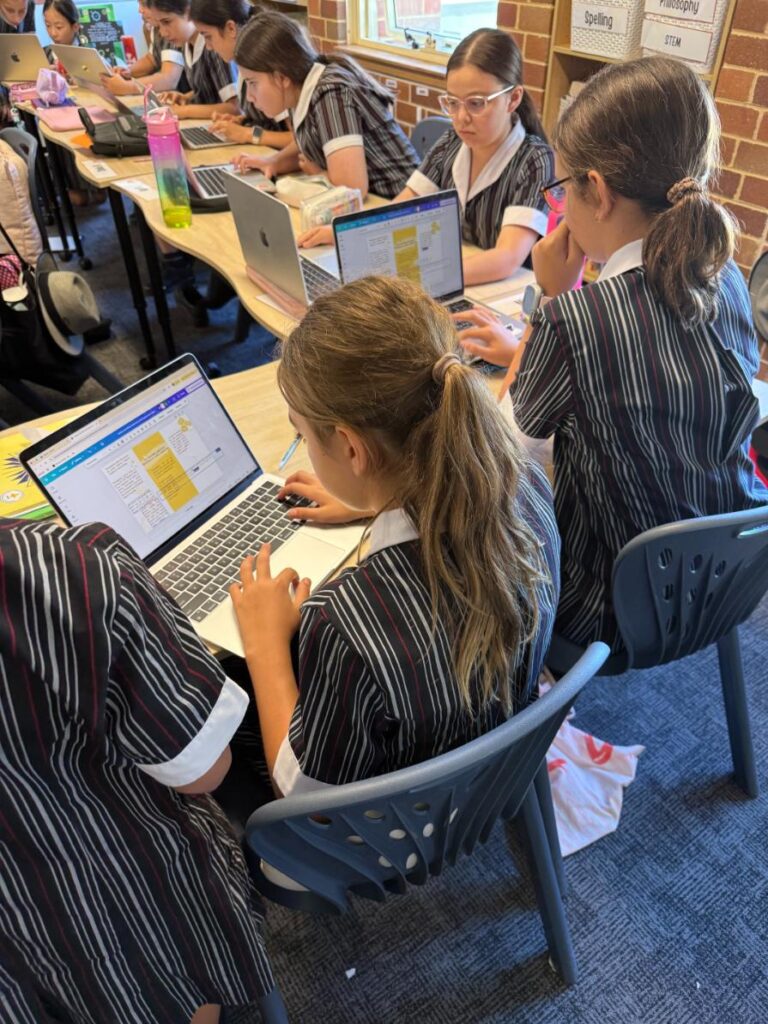
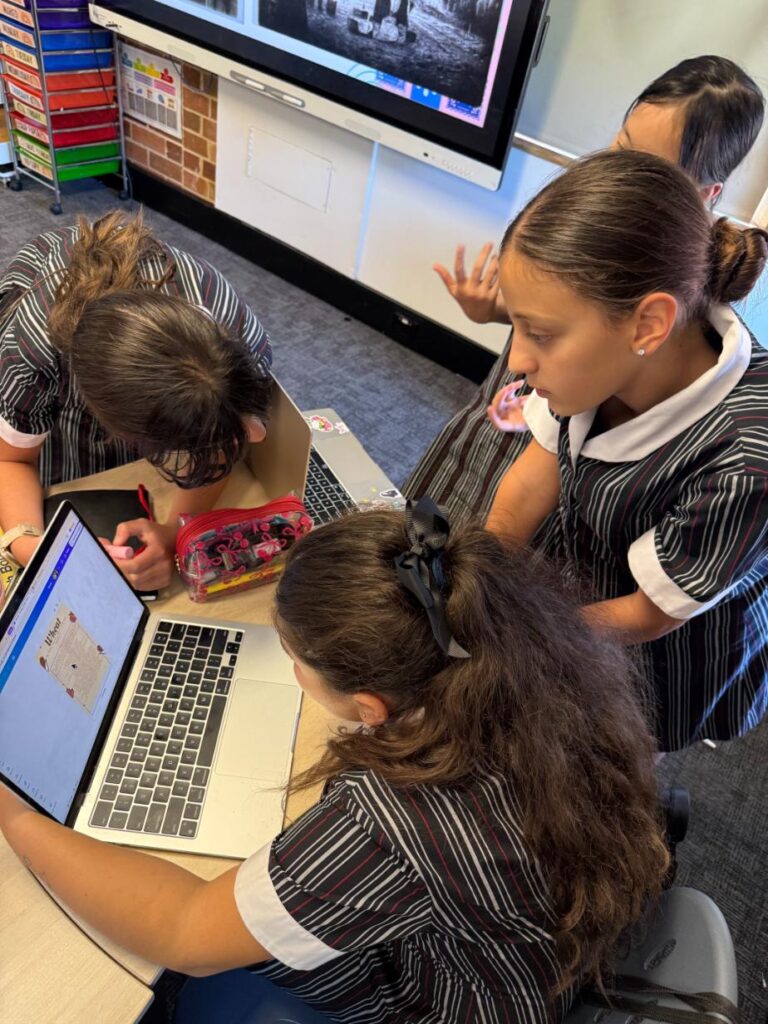
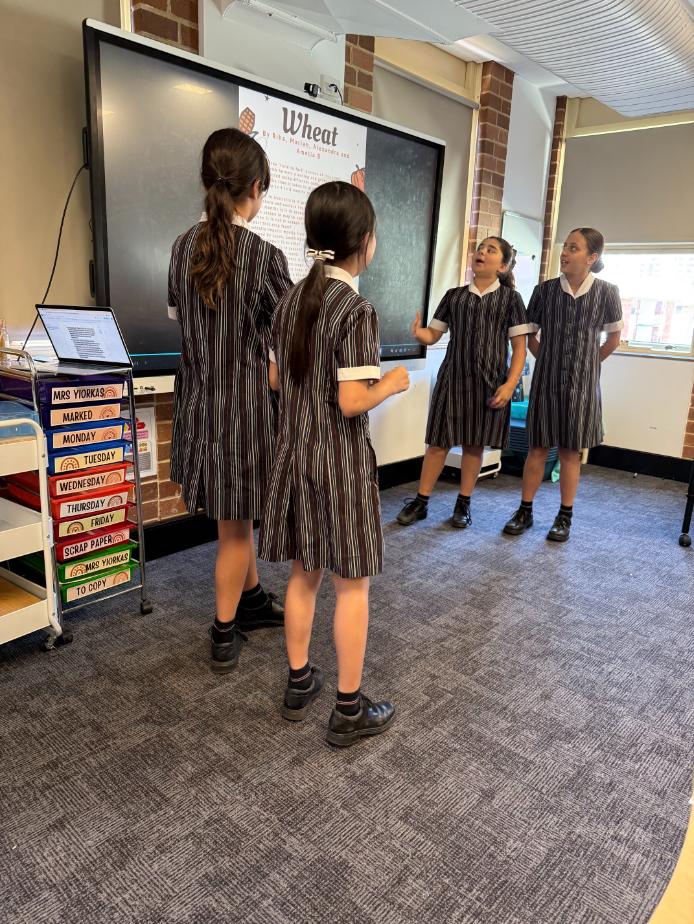

05CORE2
Year 5 have been learning to use microscopes in Science. During Interdisciplinary lessons they have been investigating natural and synthetic fibres. They then examined natural and synthetic fibres under the microscope. Some student observations are listed below.
Something we learned in Science was how to look into a microscope and see the difference between natural and synthetic fibres. The difference between these was that natural fibre has more texture and synthetic fibre is smooth and doesn’t have the texture like natural fibre.
Sophia Gomesis
What we learnt in Science was to be able to look into a microscope. We looked at different materials such as wool, polyester and cotton and to see the difference between natural and synthetic fibres The difference was when we looked at the polyester it was straight and smooth but when we looked at the wool it had lots of other fibres coming out of it and looked very rough.
Alexandra Manconi
Today during Science I learned how to use a Microscope to look at natural and synthetic fibres. When using the microscopes I noticed that natural fibres have texture but as I looked through the microscope, I saw that synthetic fibres have no texture. Also the synthetic fibre is very straight and even. Also I learned that synthetic fibre is a man-made fibre and natural fibres come from plants and animals.
Mia Li
In Science today, we learned how to adjust and use the microscopes that the senior school students use. We looked at synthetic and natural fibres under a highly magnified microscope, you could EASILY tell the difference between the two as the natural fibres like wool were way more curly and textured whilst the synthetic fibres like polyester were way more smooth and coloured!!! This was extremely interesting and fun as we could see that there was a very big difference between the two. The natural fibres looked like troll hair as they were wavy, curly AND all over the place, kind of like a troll’s hair!!! The synthetic on the other hand looked like a long thin cylinder!
Antonia Srdanovic
Wendy Anetter
Year 5 Teacher

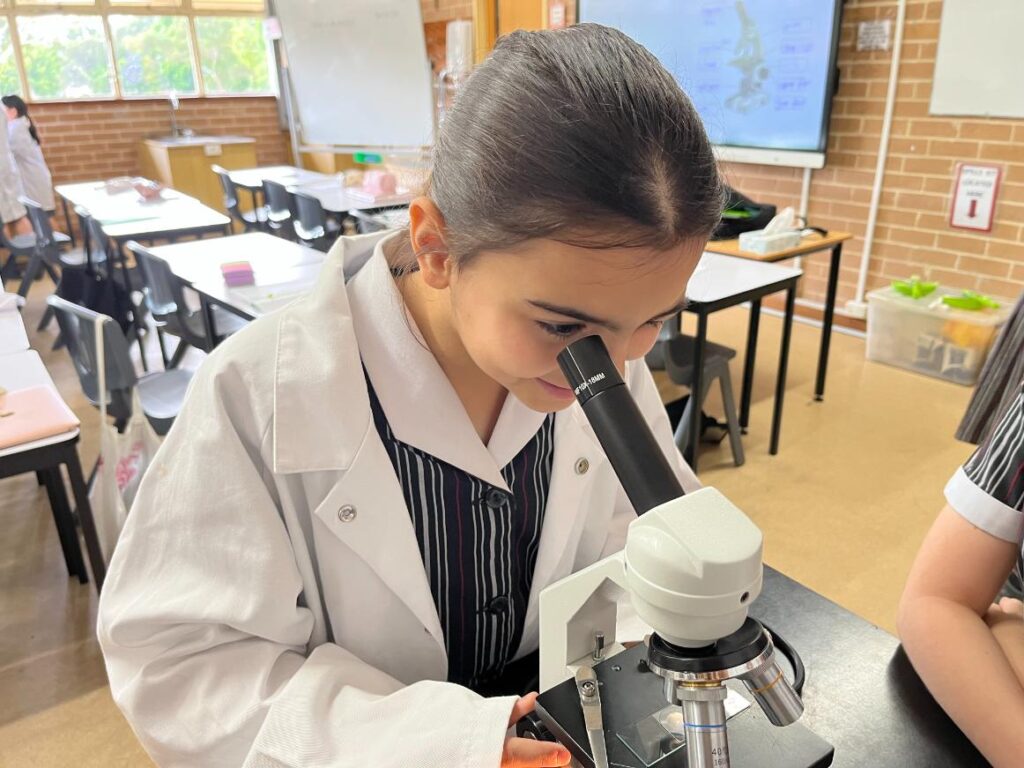

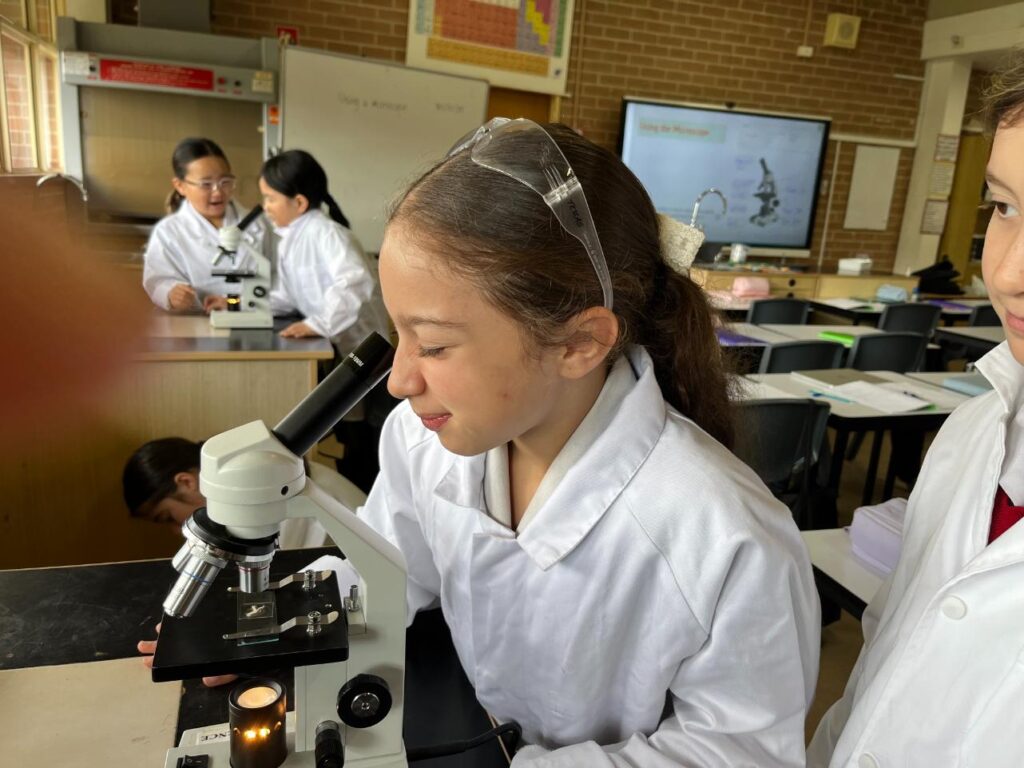
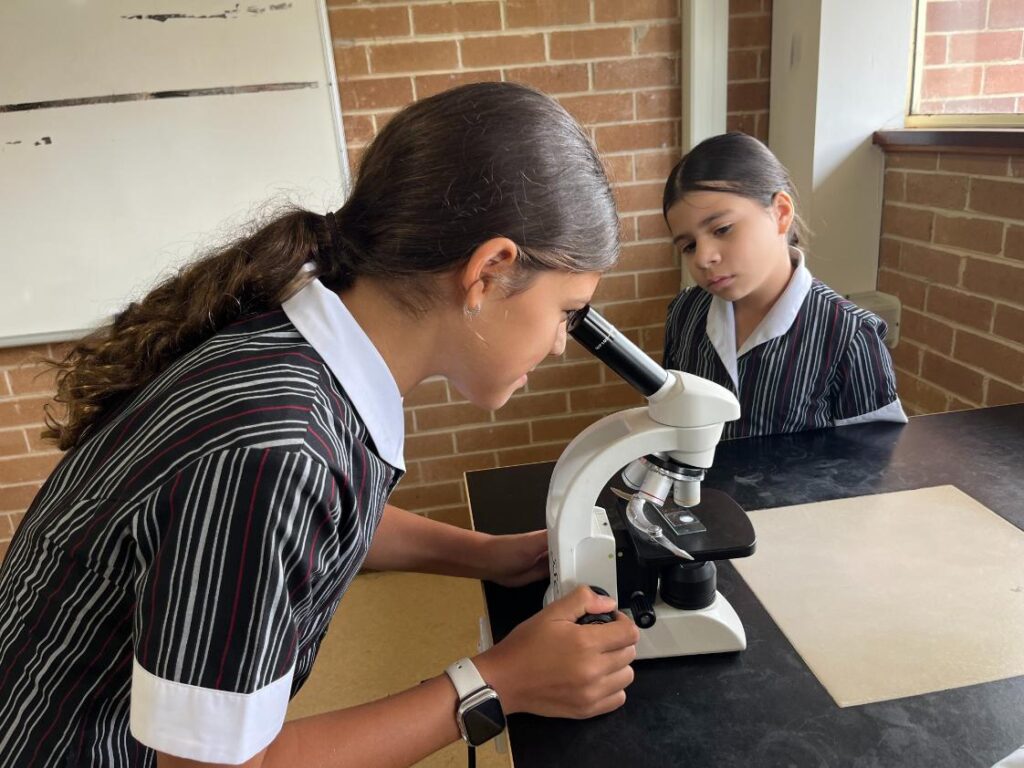
05CORE3 – English
Throughout Year 5 English lessons, we have been focussing on a range of figurative language features. We have been identifying the features, composing our own and also deserving the effect of using them. This week, our focus was Hyperbole, an obvious exaggeration which we identified in our novel ‘Boy Overboard’ as well as composing our own. It was fun not only identifying these exaggerations but also creating a range to describe the intensity and certainty of a range of scenarios both inside and outside the classroom.
Ms Bryony Watkins
Year 5 Teacher
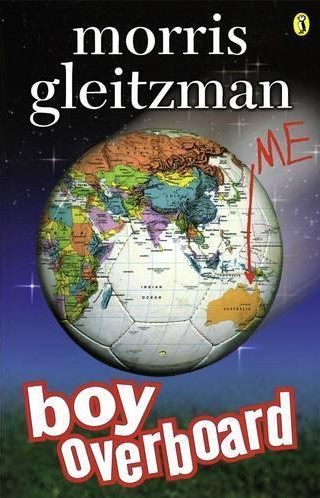
05CORE4
Year 5 Kostakis have been investigating where our food comes from and how far it travels. After revisiting the idea of seasonality, students played a class guessing game to identify which countries produce the most of key foods like bananas and coffee. They then explored how food is transported across the globe and discussed both the challenges and benefits of relying on international food sources. In expert groups, students researched the journey of a chosen item from its largest supplier and shared their opinions on whether importing it is worthwhile. To showcase their learning, they created and presented PowerPoints in pairs, demonstrating thoughtful insights into global food systems.
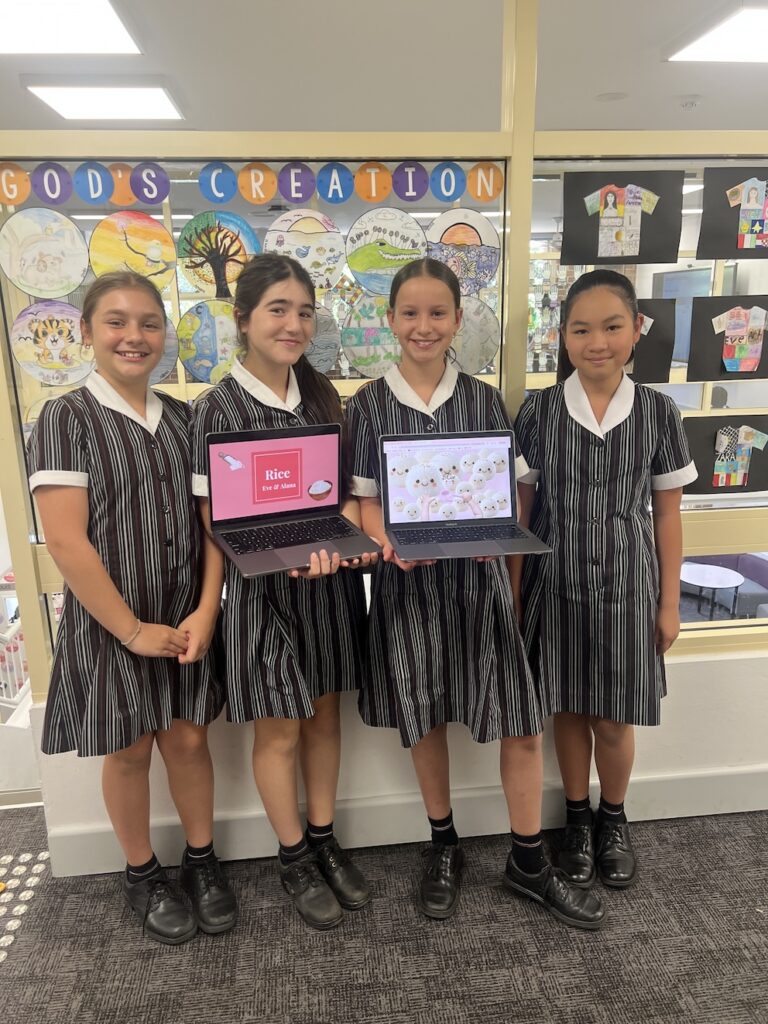
Tayla Kostakis
Year 5 Teacher